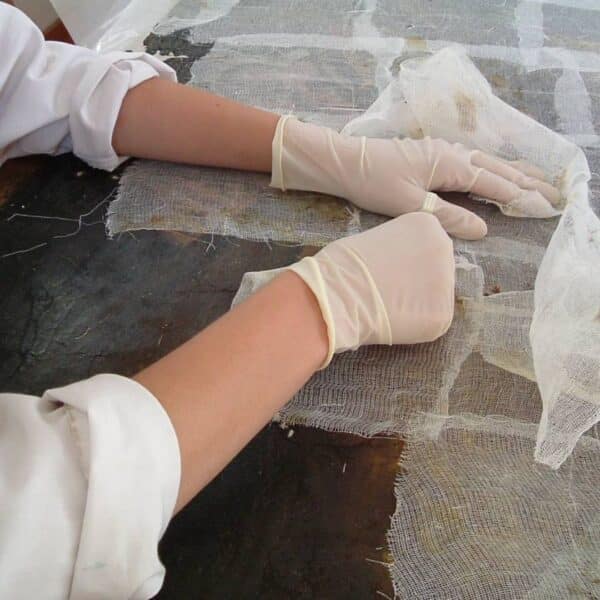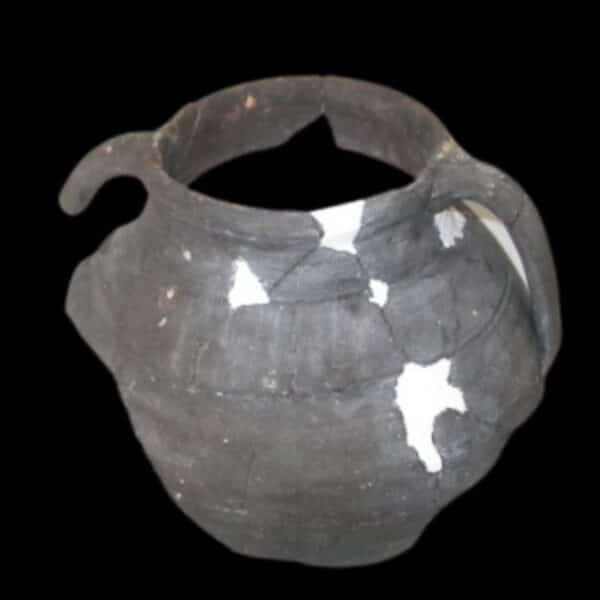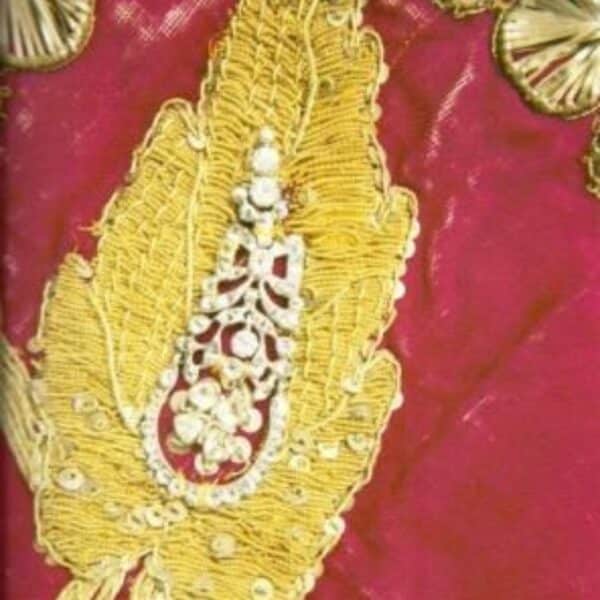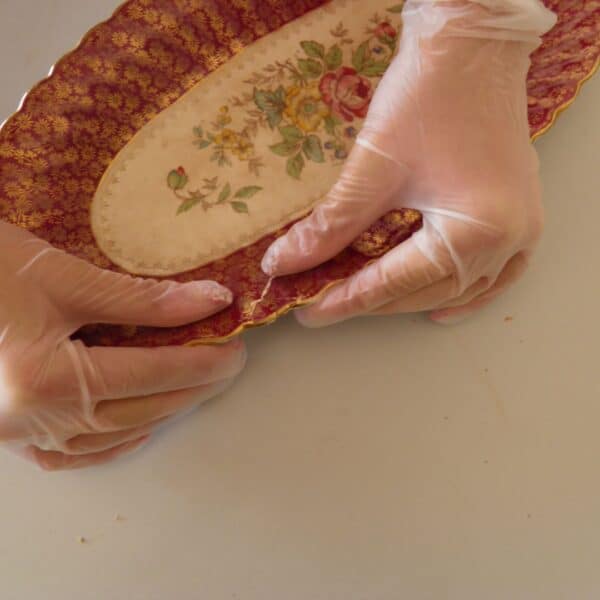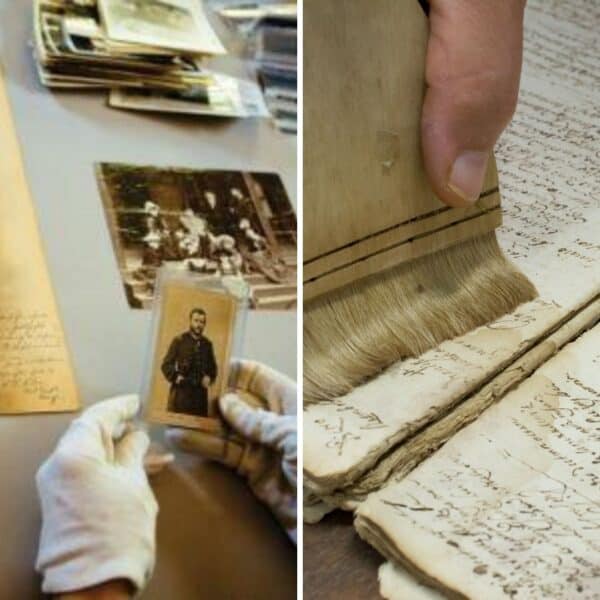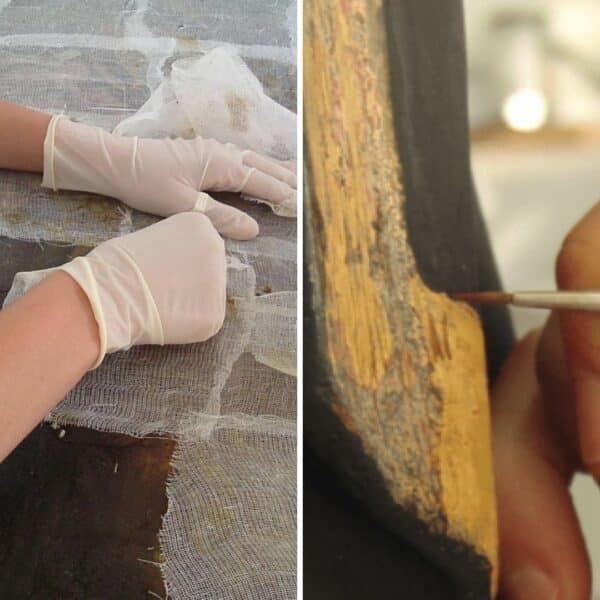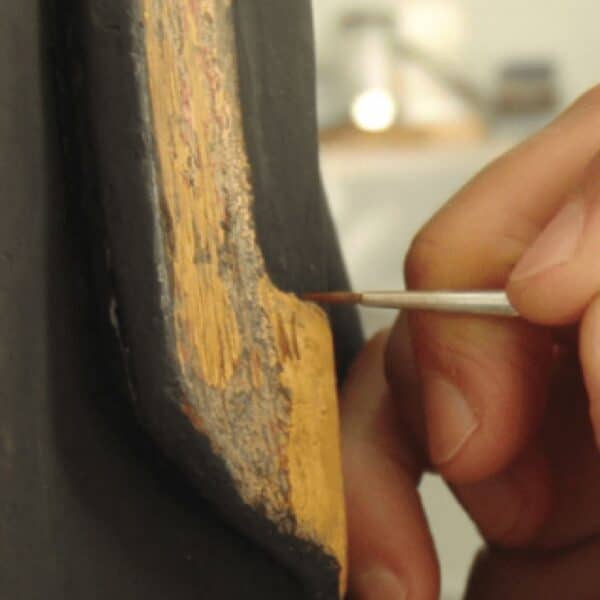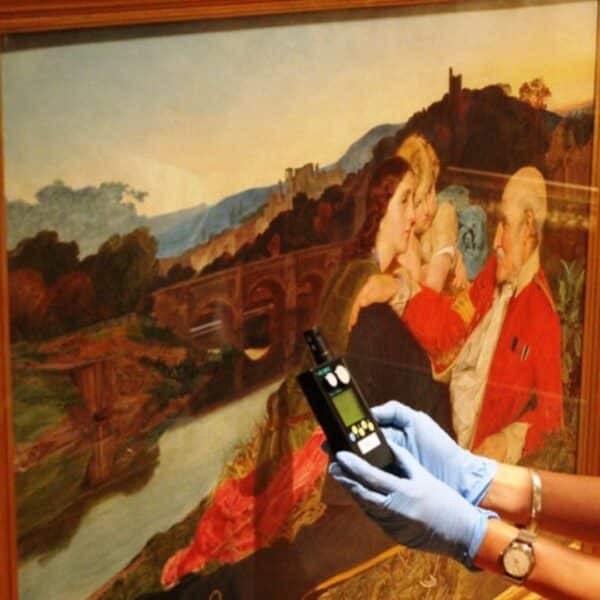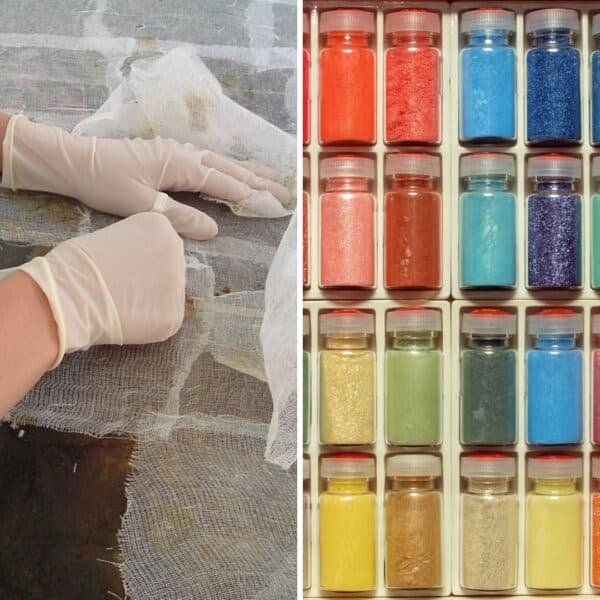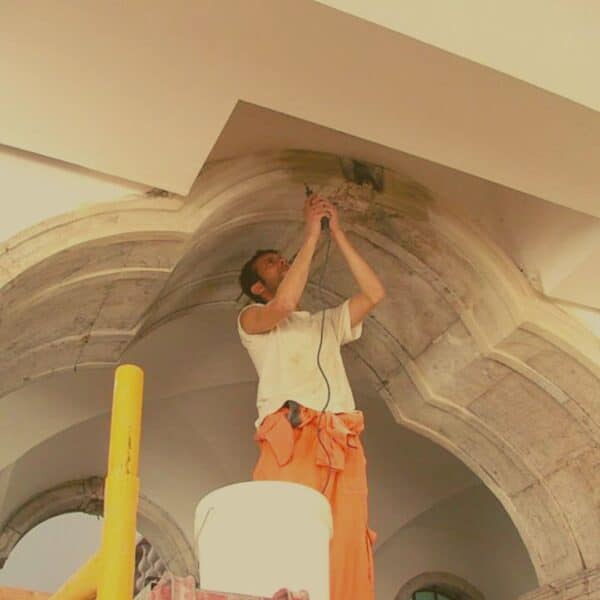In this article we are going to address a topic that we think is important for all those directly or indirectly involved in the conservation of artworks.
In addition to the basic principles of any intervention, the quality of conservation and restoration interventions and the guidelines set by the official bodies that oversee and supervise the work, we also have to consider aspects related to author’s rights and intellectual property.
These aspects are particularly important when dealing with works by living artists. In these cases, the involvement of the artist/author is fundamental.
The author’s rights aspects are established in the Berne Convention and subsequent adaptations and are of enormous importance for the conservation of artworks by living artists.
The convention is administered by WIPO (World Intellectual Property Organization).
Below we present how these aspects are reflected in the conservation of artworks by living artists and link to the text of the Convention.
Conservation of artworks by living artists
It is worth highlighting an important aspect in the case of conservation work on artworks by living artists and the legal protection of authors’ rights.
The Berne Convention on the Protection of Literary and Artistic Works, also known as the Berne Union Convention, established the recognition of authors’ rights and was adopted in the city of Berne, Switzerland, on September 9, 1886.
It has subsequently undergone several updates and revisions, notably the so-called Paris Act of 1971.
With regard to works of art, in short, the following must always be considered:
It is the author’s prerogative to ensure the integrity of the work and to oppose unauthorized modifications.
This is the author’s prerogative to ensure the integrity of the work, opposing unauthorized modification, deformation or mutilation that could affect his dignity as an author.
It imposes a legal obligation on conservators, collectors, museologists, curators, etc. to preserve the artist’s artistic intention.
Of course, according to the basic principles of conservation of artworks, this is one of the aspects that should always be taken into consideration. But in the case of living artists, only the artist himself can effectively clarify the intention and principles that motivated him to create that work.
The diversity of typologies and materials used by the artists
When it comes to the conservation of artworks by living artists, it’s also important to bear in mind that due to the enormous variety of types and materials used and the artistic freedom that characterizes contemporary art, it’s not possible for the conservator or curator to find “standards” and “reference cases” as when dealing with “traditional” works.

Puppy, by Jeff Koons, sculpture in botanical elements at the Guggenheim in Bilbao
It is important to ask the artist to approve the restoration plan or even carry it out.
Conservation work can be very good and in accordance with all the principles listed above.
But if it doesn’t have the author’s agreement, it can legally be considered an inadmissible “modification” and incur legal sanctions.
It is therefore important that, when restoring a work of art by an artist who is still alive, the artist is asked to approve the restoration plan. And that any changes to this plan deemed necessary during the course of the work are also approved by the author.
You can consult the text of the Berne Convention – Notice of 02/01/1979
Click HERE
These principles apply to conservation of artworks but they must also be taken into account when exhibiting works of art by living artists. The concept of an exhibition must not alter the intention of the artist.
Get to know the Conservation and Restoration online courses by Citaliarestauro

Fátima Muralha
Graduated in History – Art History from the Universidade Nova of Lisbon. Post-Graduate in Management and Promotion of Heritage by the UAL. Specialised in Management of Cultural Projects. Various training courses and a specialisation course regarding Promoting Heritage, Conservation & Restoration, Museum studies and Vocational Training. Coordinator in multiple projects linked to Historical and Artistic Heritage, educational and vocational training projects in various entities. Author of several publications and communications. Creator and coordinator of the development of virtual content of the project: History | Art | Culture.


